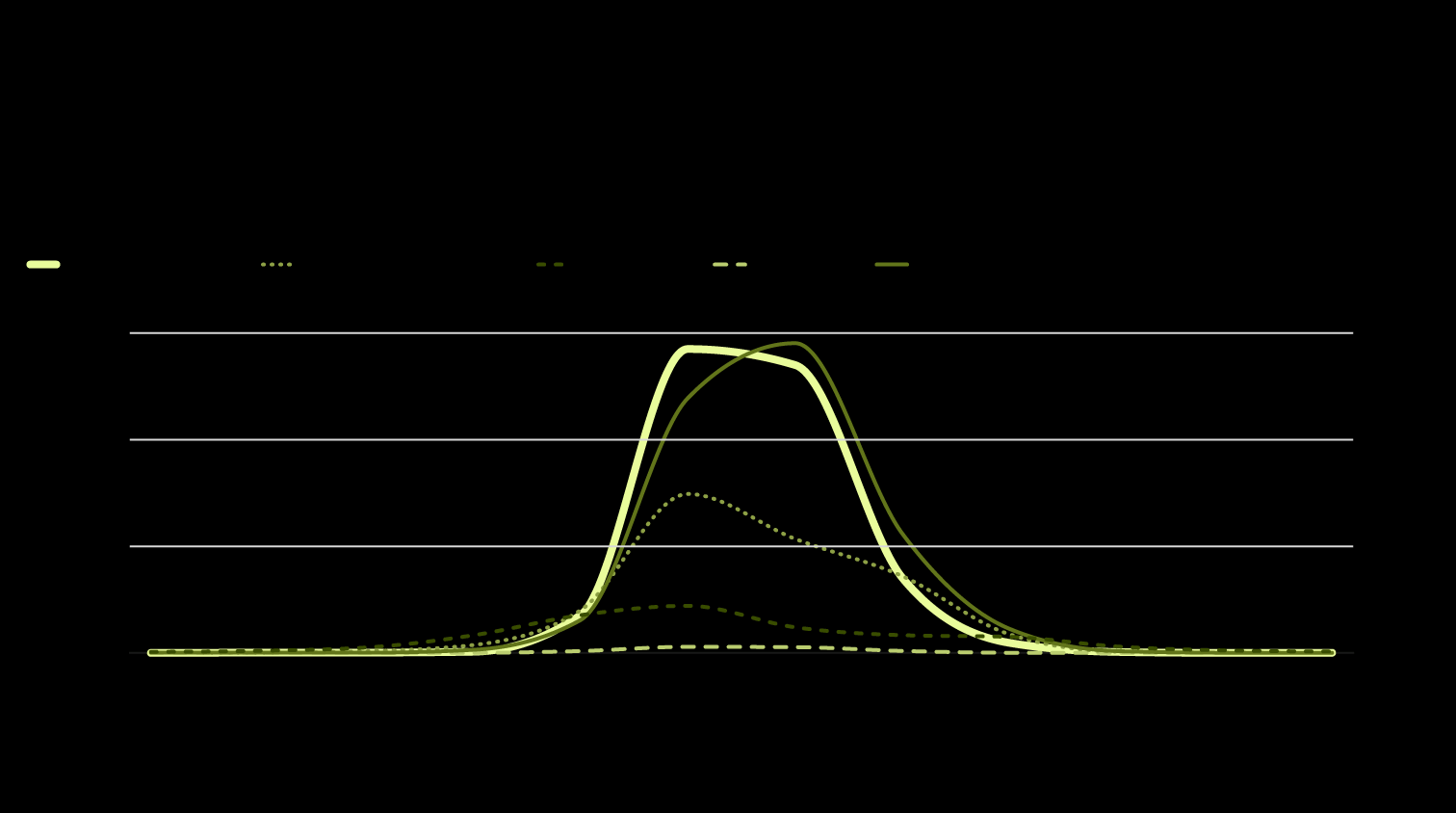By late summer, fireflies eggs hatch within the soil, where they live all winter.
Fireflies require heat and humidity to survive, and so they feed until the conditions are perfect.
Once the weather is right, mature fireflies emerge and are ready to mate. Accurately predicting this moment remains elusive to experts.
There are thousands of species of fireflies. Some have adapted to southern climates. Others flash a brilliant blue color.
Walking along Riverside Park on a muggy summer night, you can see hundreds of these sparks fly through the air. Children give chase while adults admire from afar.
People across the United States track the fireflies' appearance and submit their data to scientists.
Data and Methodology
The firefly observation data for this map comes from the Boston Museum of Science.
Data is submitted by citizens to the museum, which continues to curate this data.
The publicly available data covers the time period from 2008-2016.
Data analysis and cod for animation can be found on my GitHub.
Each flashing yellow circle represents a single firefly observation.
The animation will run for the entire eight-year period.
